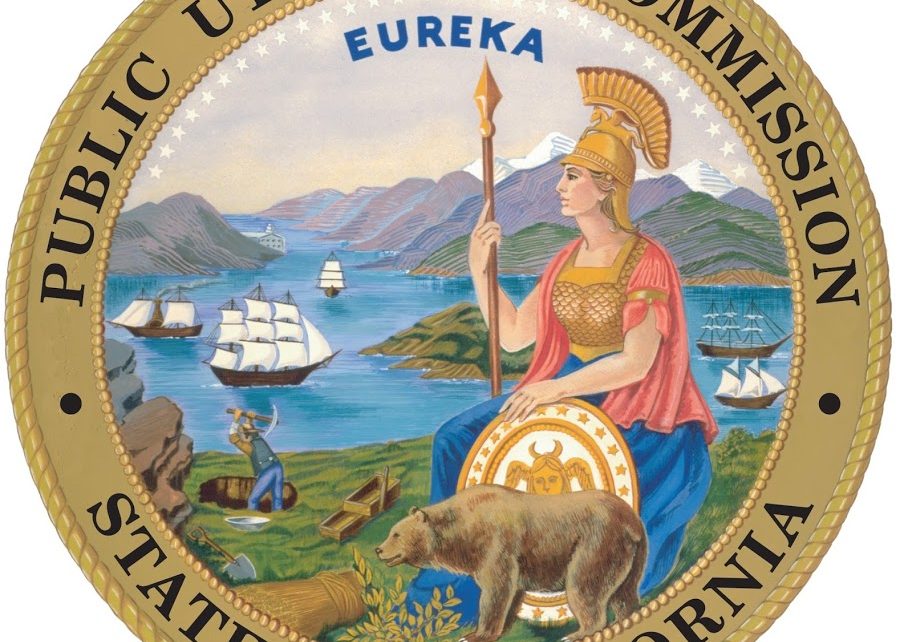
Comments reinforce program affordability and shut down assertion that community solar conflicts with federal law
Sacramento, Calif. — On Monday, the Coalition for Community Solar Access (CCSA) directly addressed the California Public Utilities Commission’s (CPUC) proposed decision (PD) weighing the future of the state’s community solar program. In comments filed with the CPUC, the organization characterized the PD as misguided and misinformed, and determined it will not result in the development of community solar projects as envisioned by the legislature with the enactment of AB 2316.
CCSA advocated for the Commission to again consider its Net Value Billing Tariff (NVBT) proposal as the most cost-effective and scalable community solar plus storage option that will produce bill savings for one million low-income Californians, without raising costs for those that don’t participate. A successful program that embraces CCSA’s thoughtful, market-tested approach would enable more than one million Californians to save at least $300 per year, putting up to $9 billion dollars back in the pockets of hard-working Californians over the life of the projects.
“The judge’s proposed decision doubles down on existing programs that have not only proven to be more expensive than our proposal, but will also result in far fewer projects being built and serve hundreds of thousands fewer low-income customers,” said Derek Chernow, Western Director for CCSA. “Ultimately, the decision does not support affordability and leaves California stuck in the past without a viable path forward to meet the state’s clean energy and environmental justice goals.”
CCSA also dismantled the false assertion in the proposed decision that its proposal conflicts with federal law. Led by Attorney Norman Bay, former Chair of the Federal Energy Regulatory Commission (FERC) and Co-Chair of the Energy and Commodities Practice Group at Willkie Farr & Gallagher LLP, the comments demonstrate that the NVBT does not violate Federal law.
“One thing is clear: FERC has never invalidated a state community solar program,” said Bay. “As a legal and policy matter, FERC has refrained from asserting jurisdiction over community solar. States have exclusive jurisdiction over retail rates, and community solar quintessentially involves state retail rate design and state energy policy. Further, the Inflation Reduction Act shows that Congress intended to promote community solar, not to pre-empt it.”
The PD’s assertion that CCSA’s proposal violates federal law conspicuously ignores precedent that has been set by states deploying community solar for more than a decade and Congress and the federal government’s recent support. In February, the Department of Energy (DOE) reaffirmed the federal government’s commitment to community solar by challenging the community solar industry to meet a target of 20 gigawatts (GW) of community solar by 2025. Additionally, Congress passed the Inflation Reduction Act which creates multiple programs to spur the growth of community solar including the Low-Income Communities Bonus Credit Program (“LICBC”) and the Solar for All Program, a $7 billion grant competition to create new or to expand existing state community solar programs.
Over the past decade, the number of states that have enacted policies to support third-party shared or community solar has expanded from just a few to 22 states, including Washington, D.C. A collective 6.6 gigawatts (GW) of generation capacity has been installed to date, and Wood Mackenzie’s most recent US community solar market outlook predicts that there will be 14 GWdc power installed across the country by the end of 2028. However, if this proposed decision is adopted by the CPUC, California would only reach an estimated 155 MWdc of new capacity, or 2% of the national five-year outlook. Under the NVBT proposal, California’s market potential rises to 19% of the nation’s installed community solar.
Opening comments by all interested parties were due March 25, with reply comments due April 1. The CPUC Commissioners may vote on a final decision as early as April 18, but the Commission does not have to hold a vote on that date.
“We urge the Commission to reject the PD in its entirety or to modify it significantly,” said Chernow. “We still have time to get this right and create a program that spurs development of local, clean energy projects that foster a more equitable energy future.”